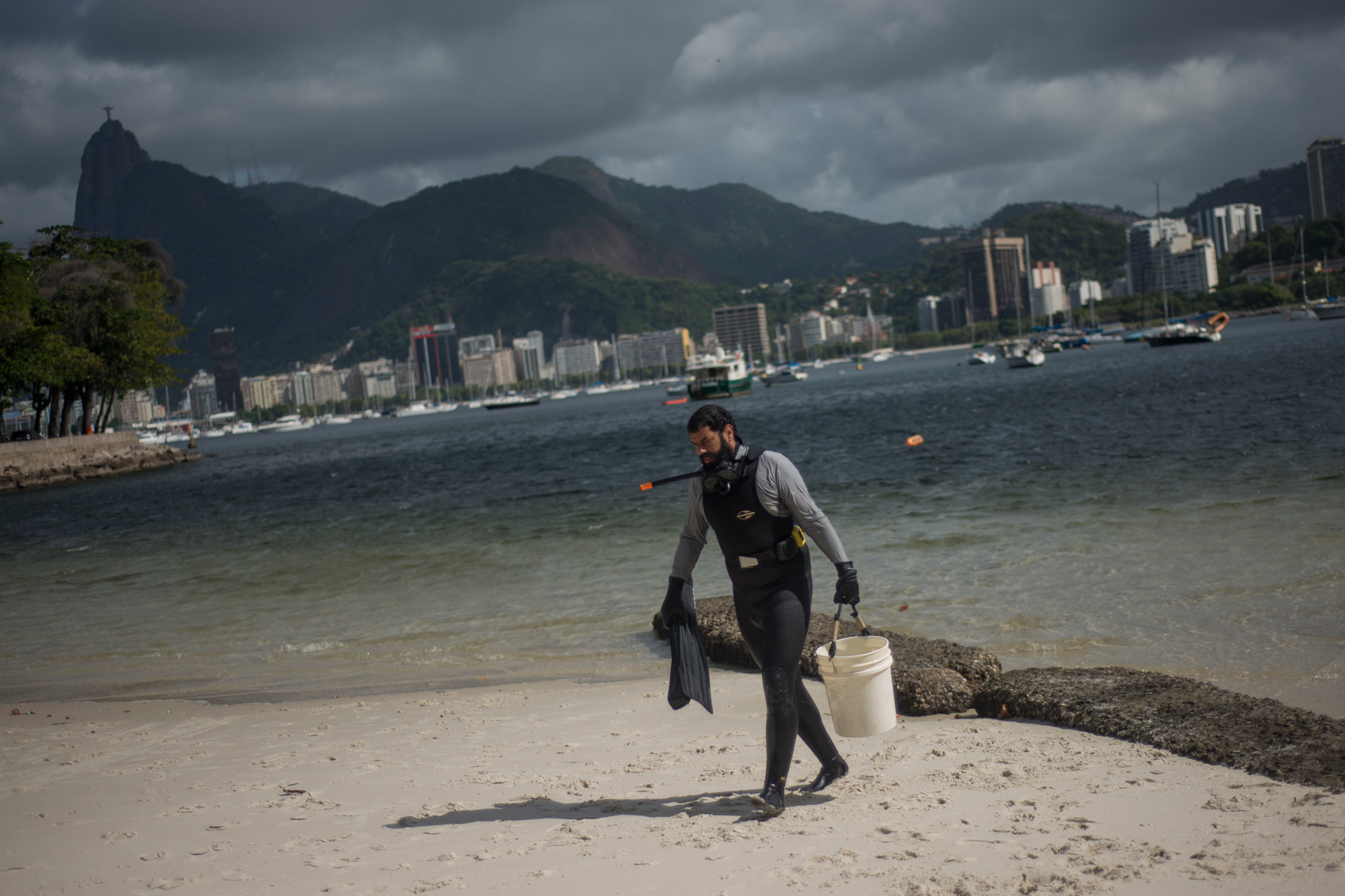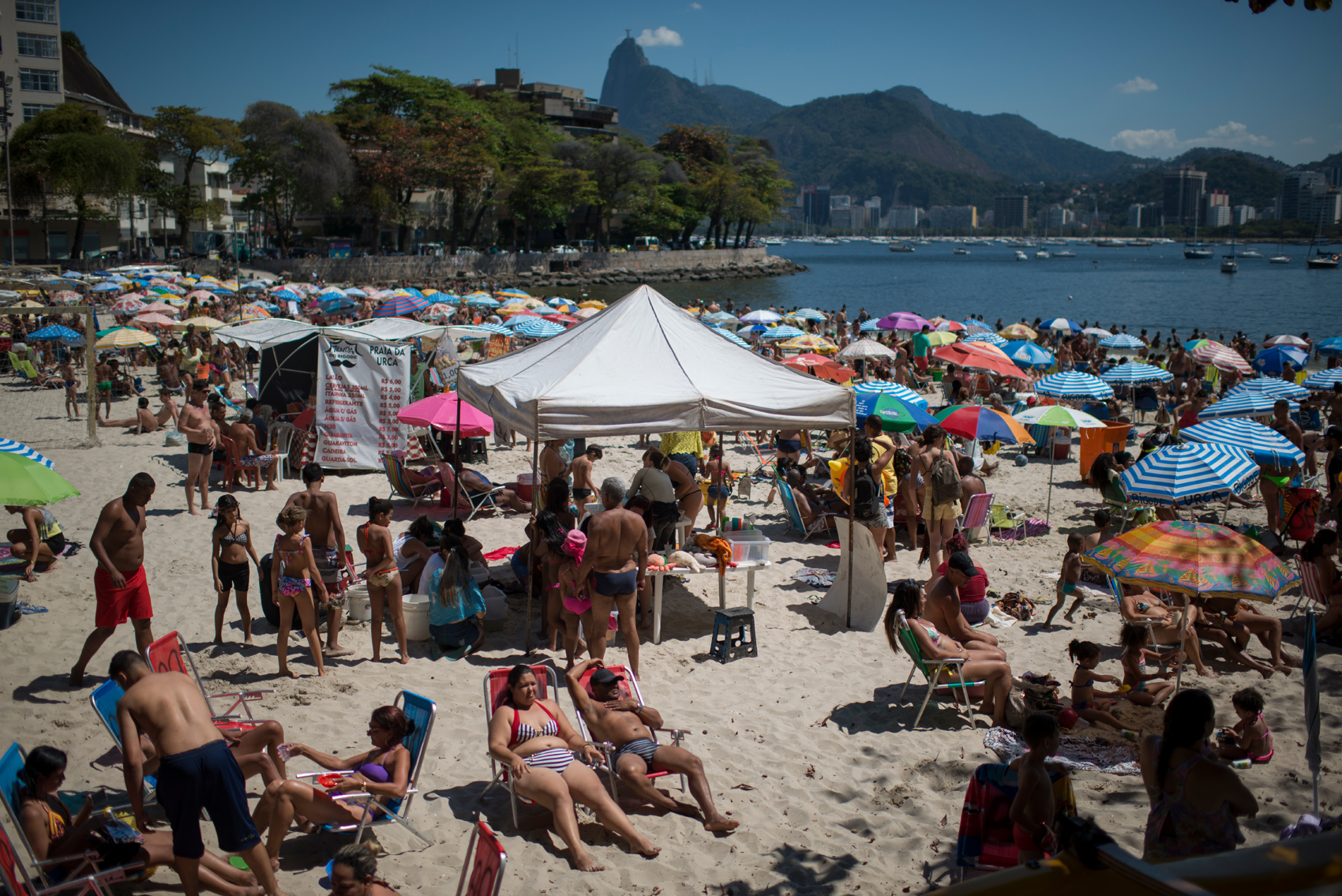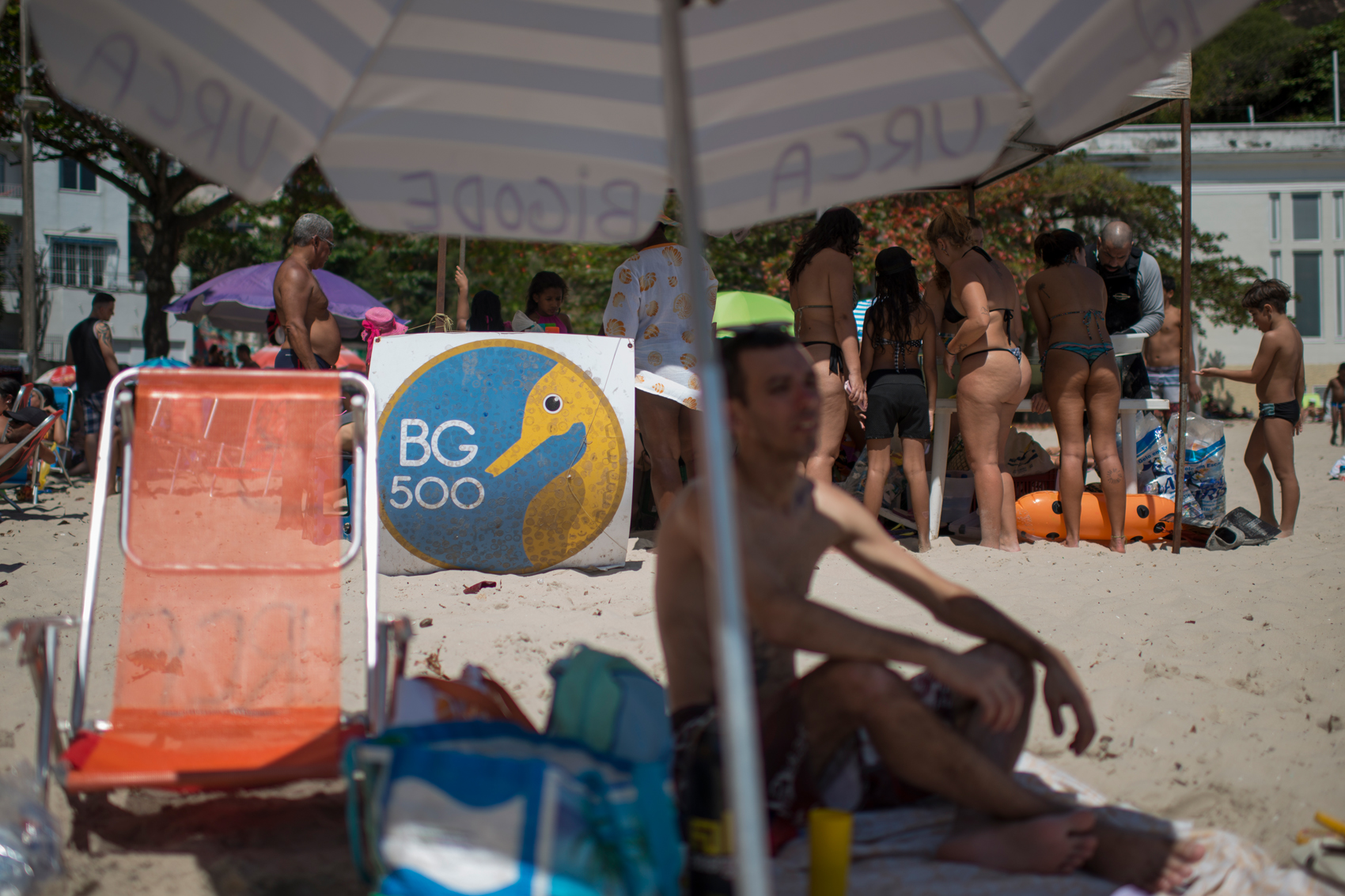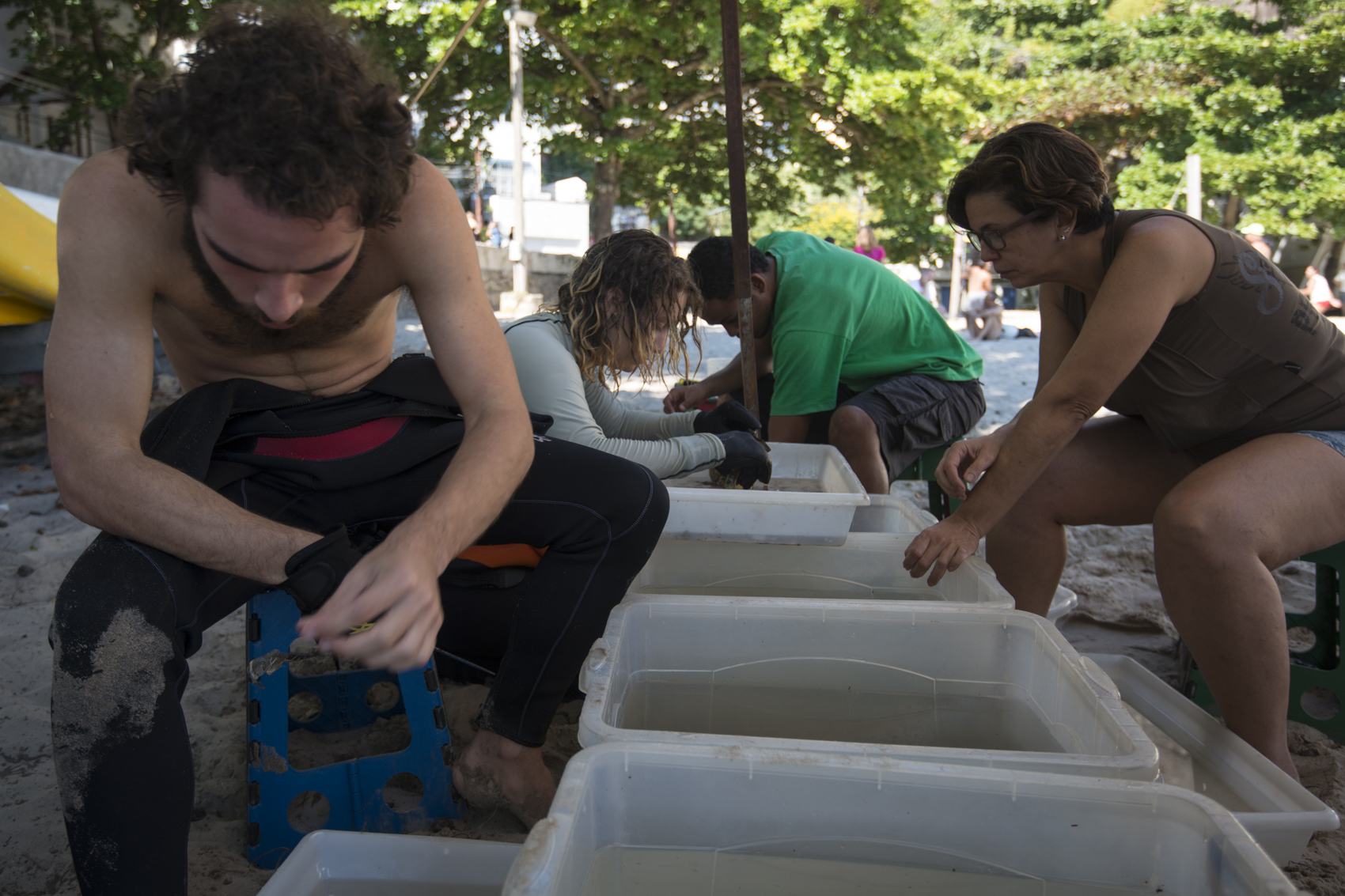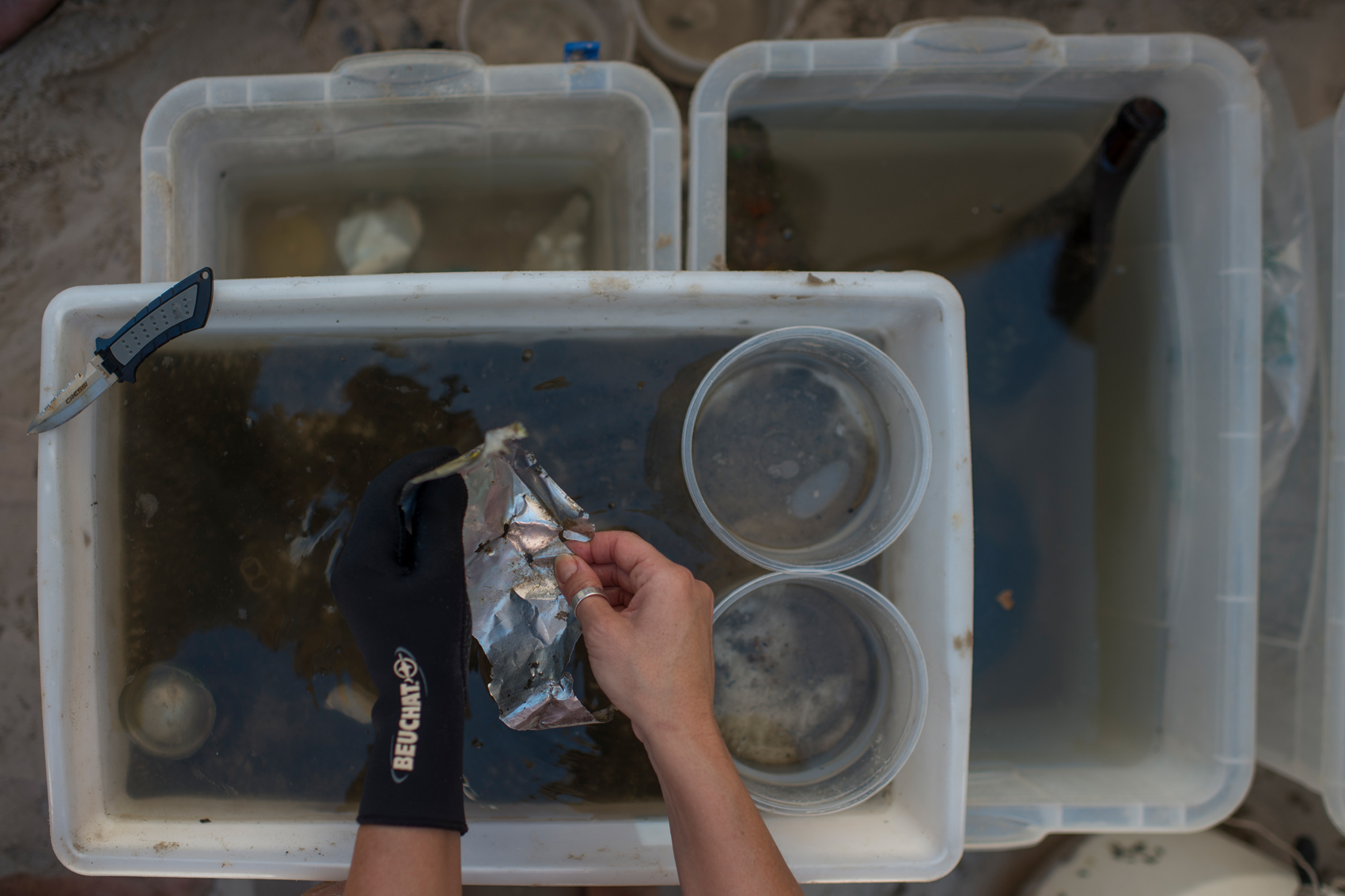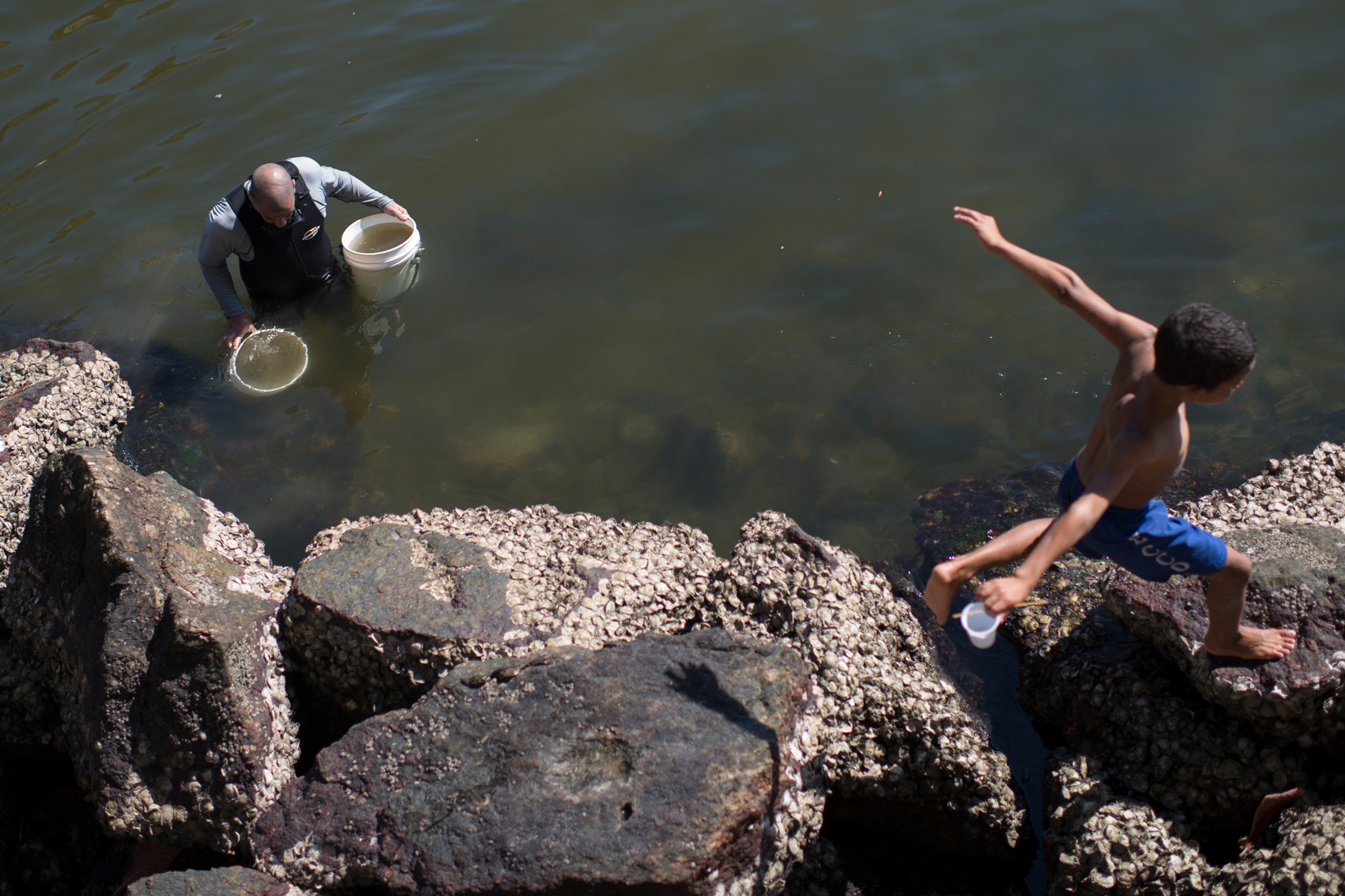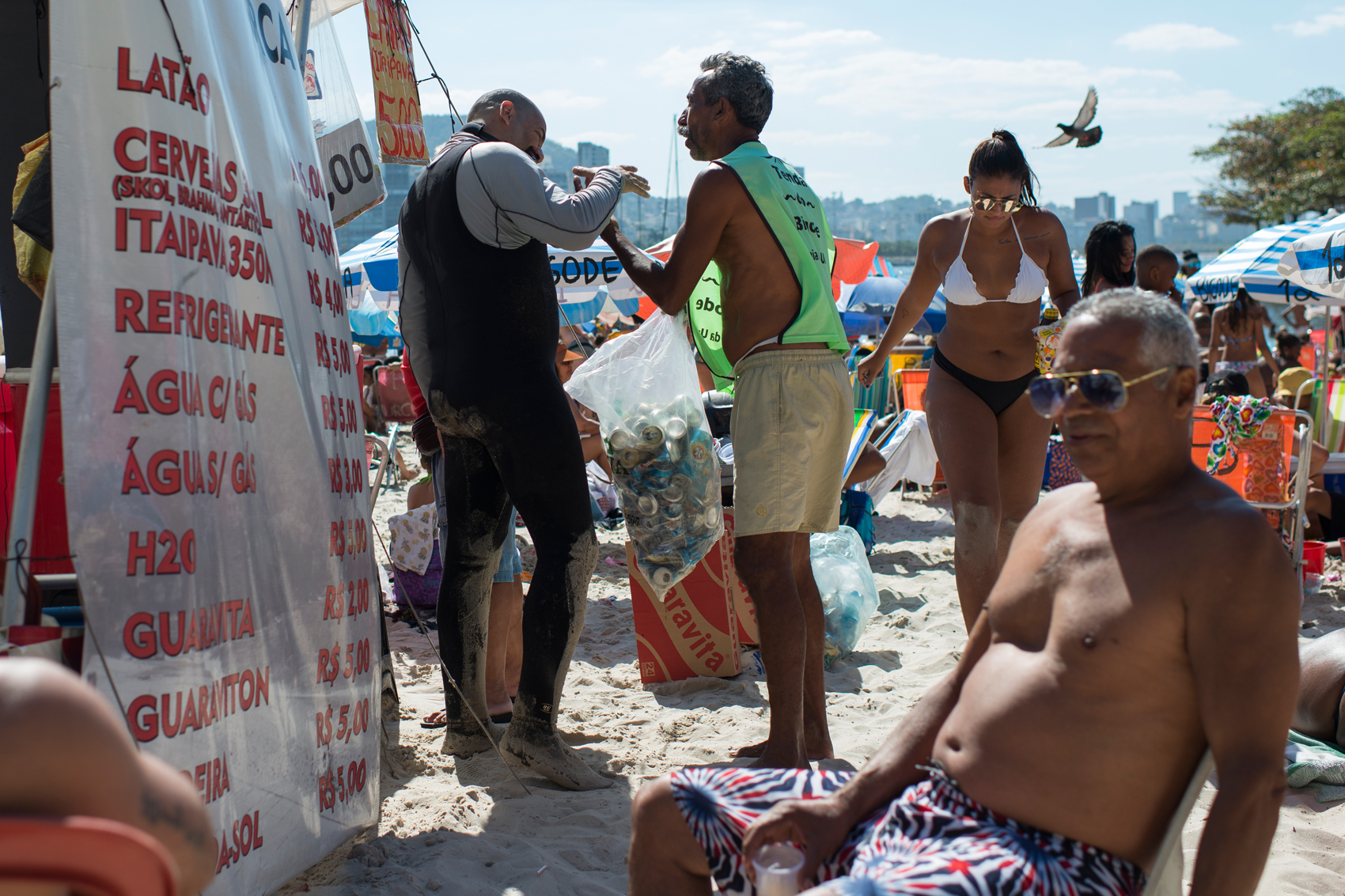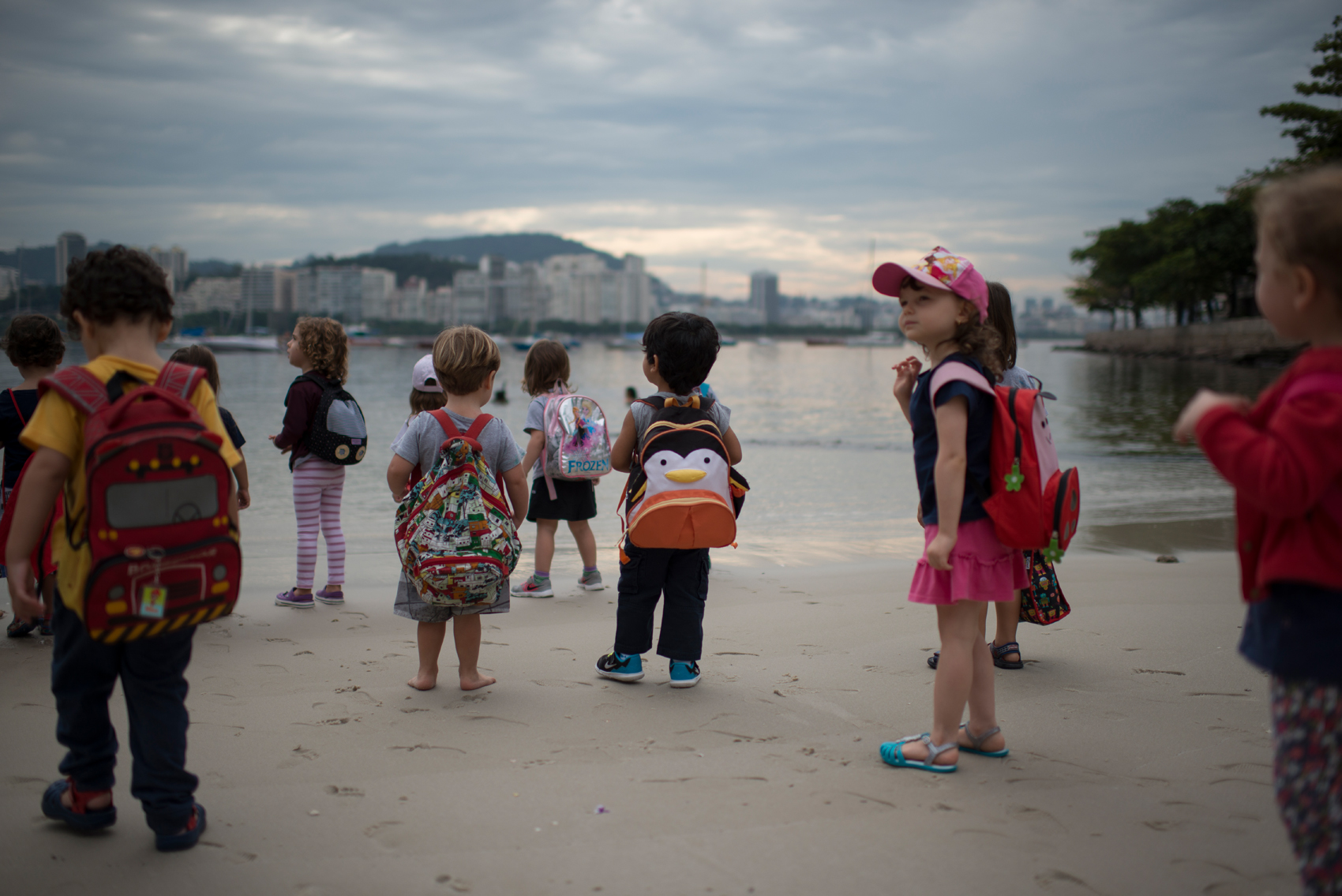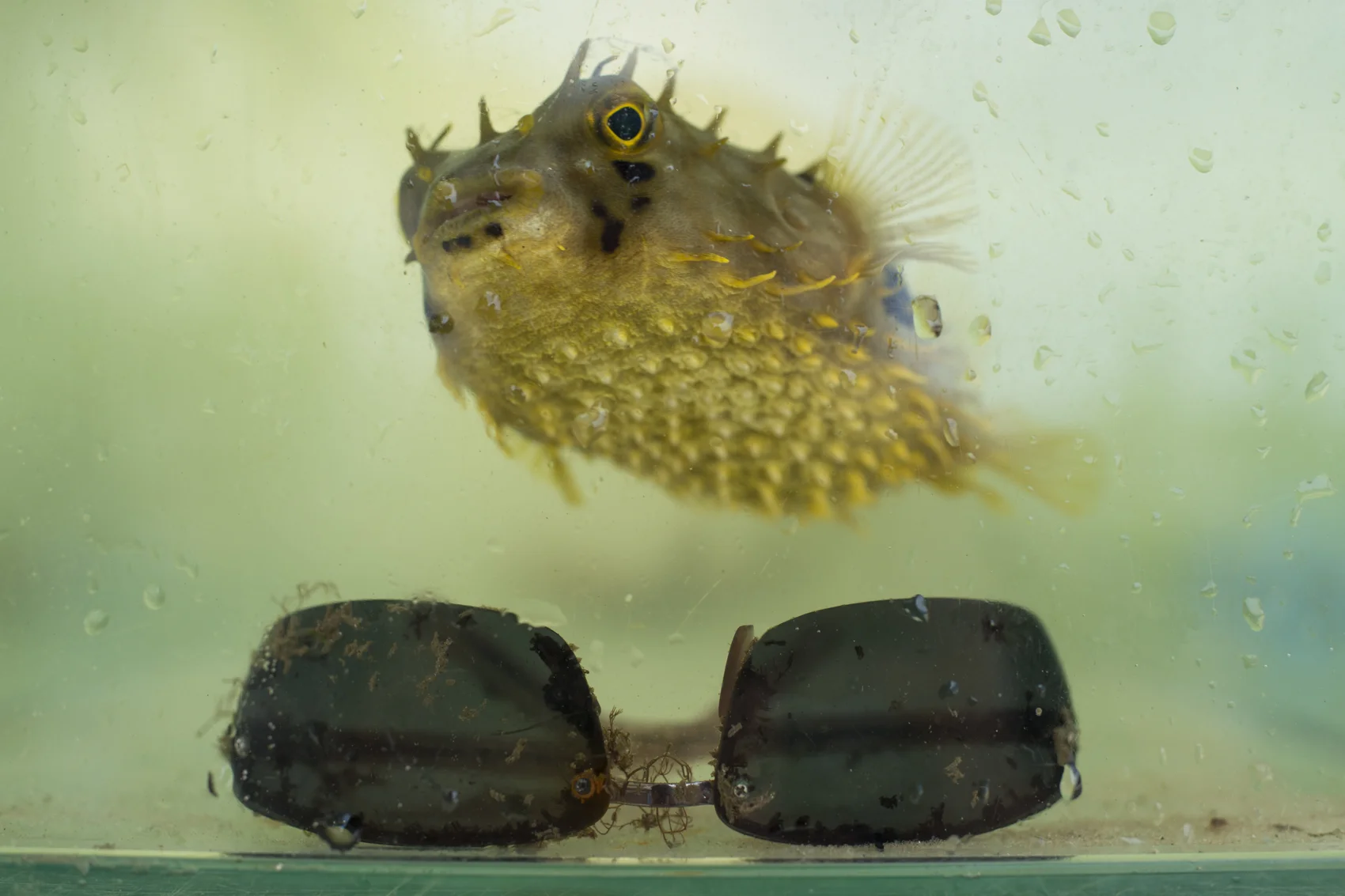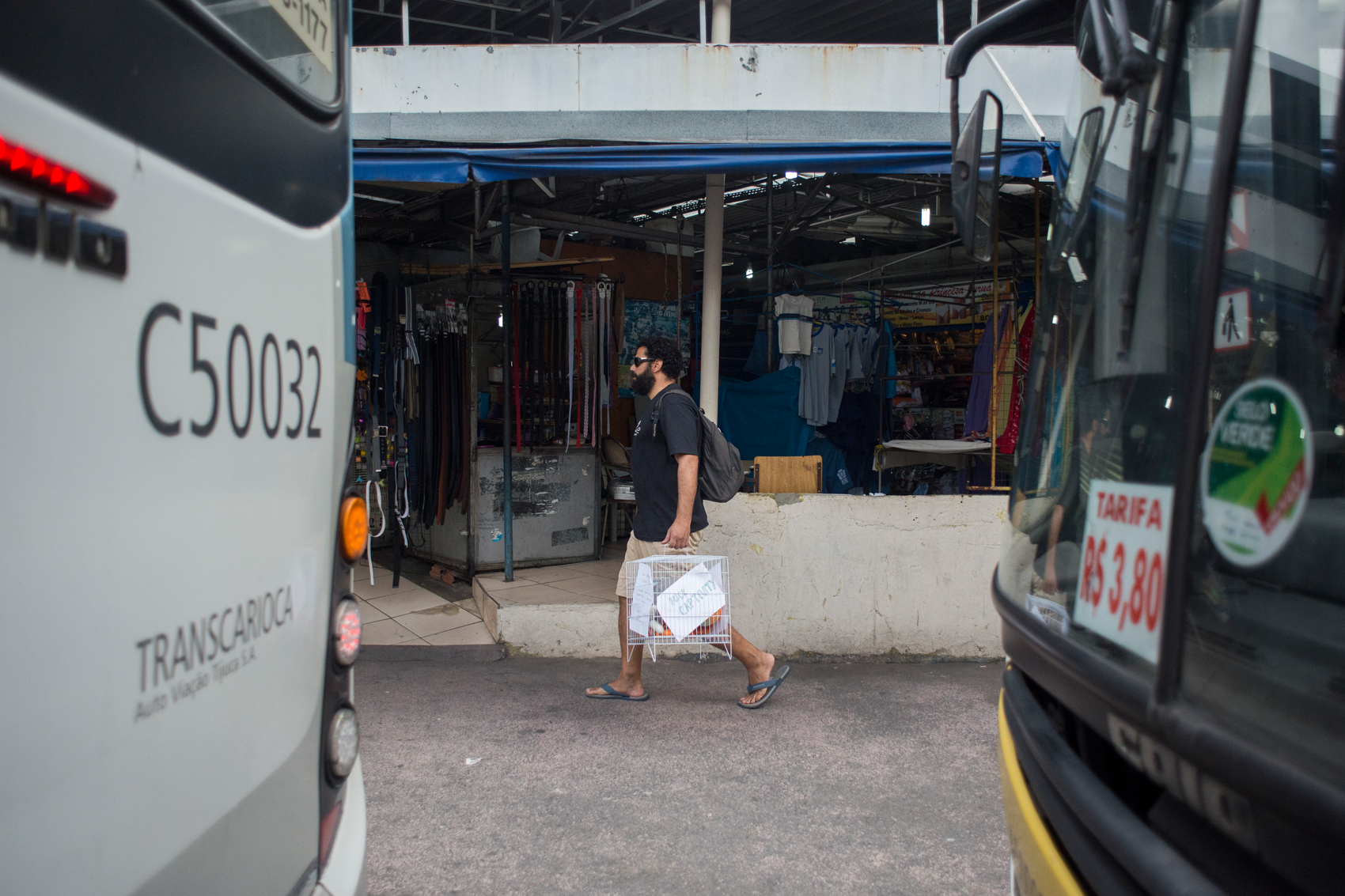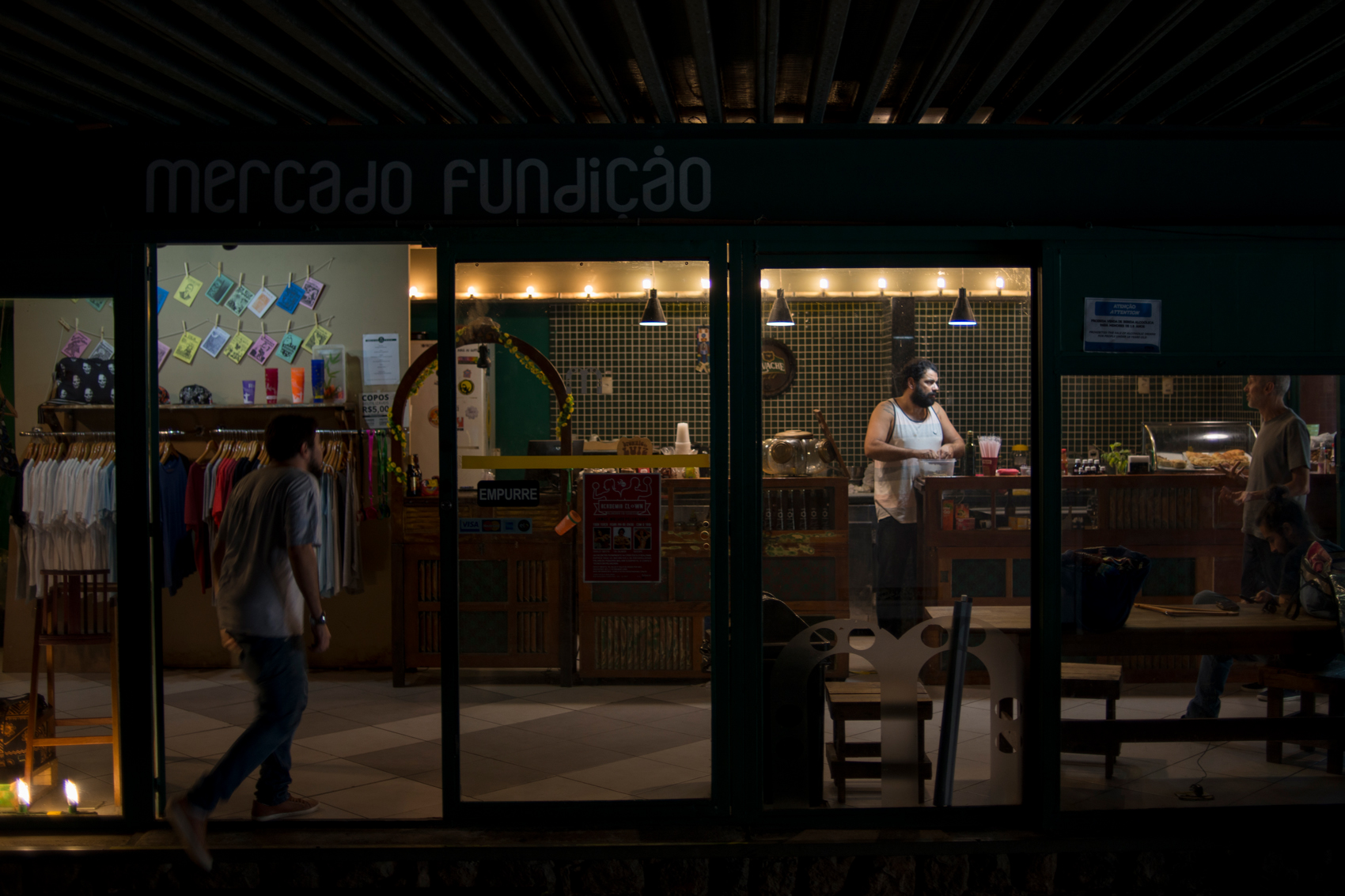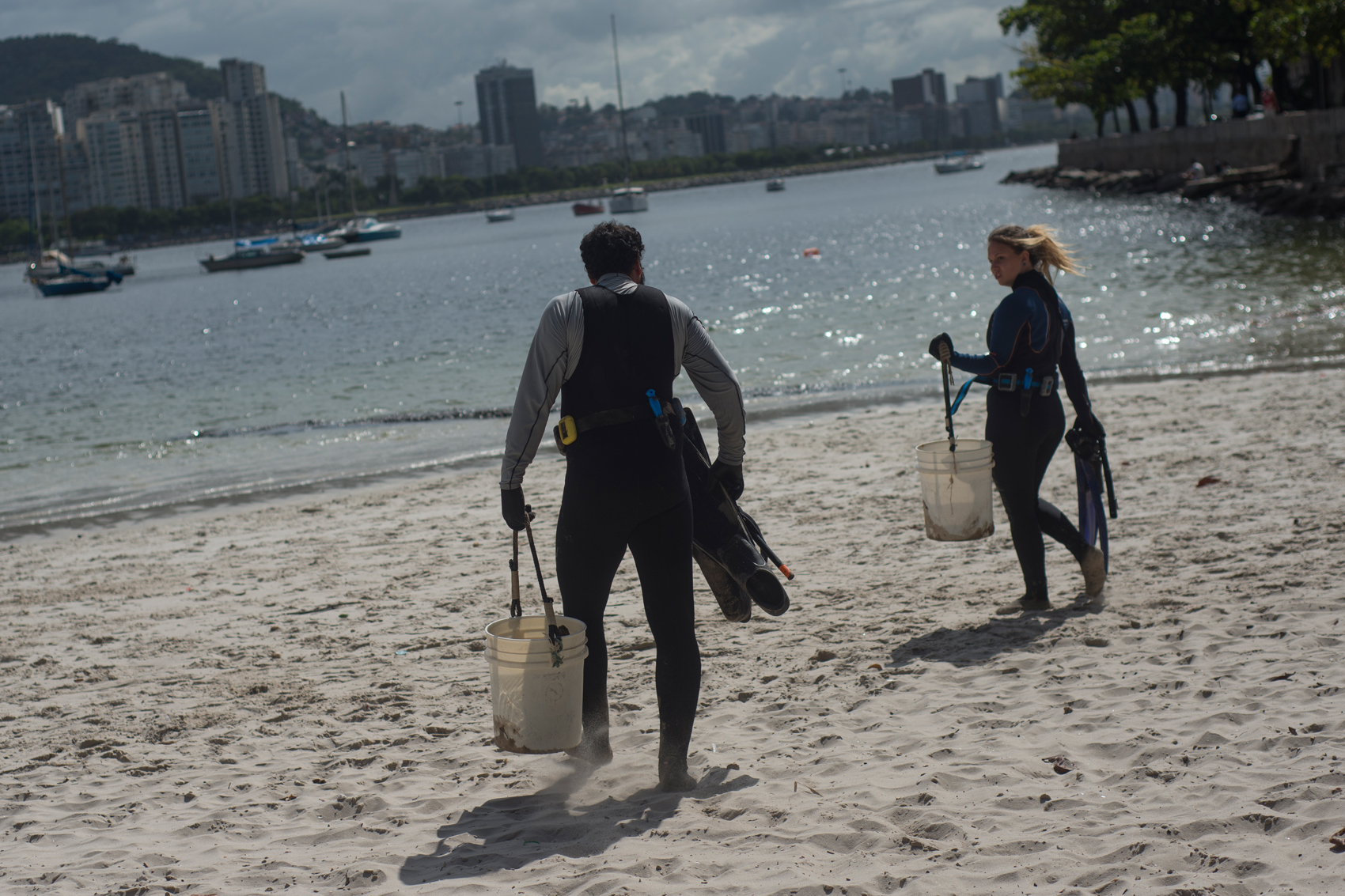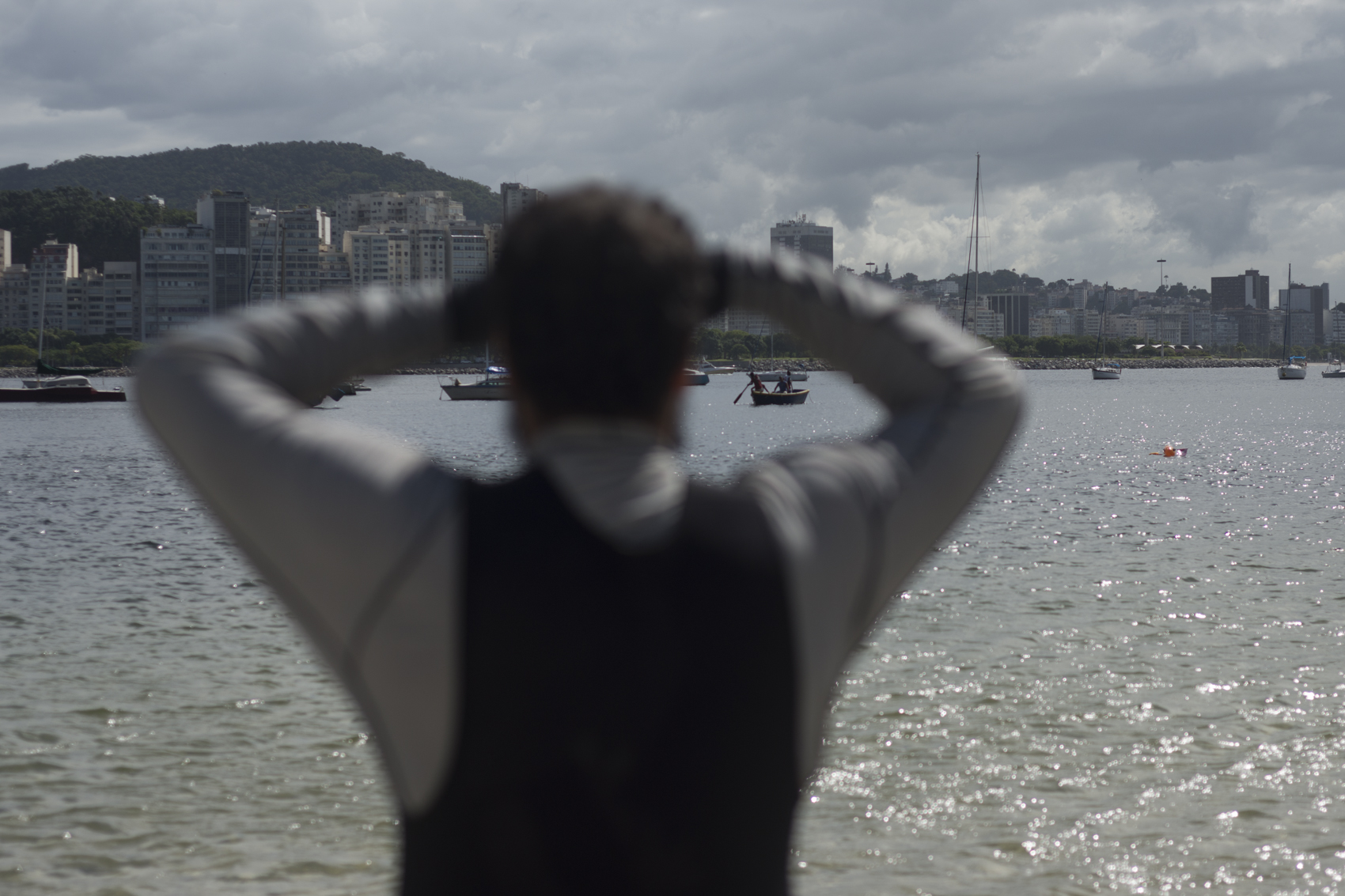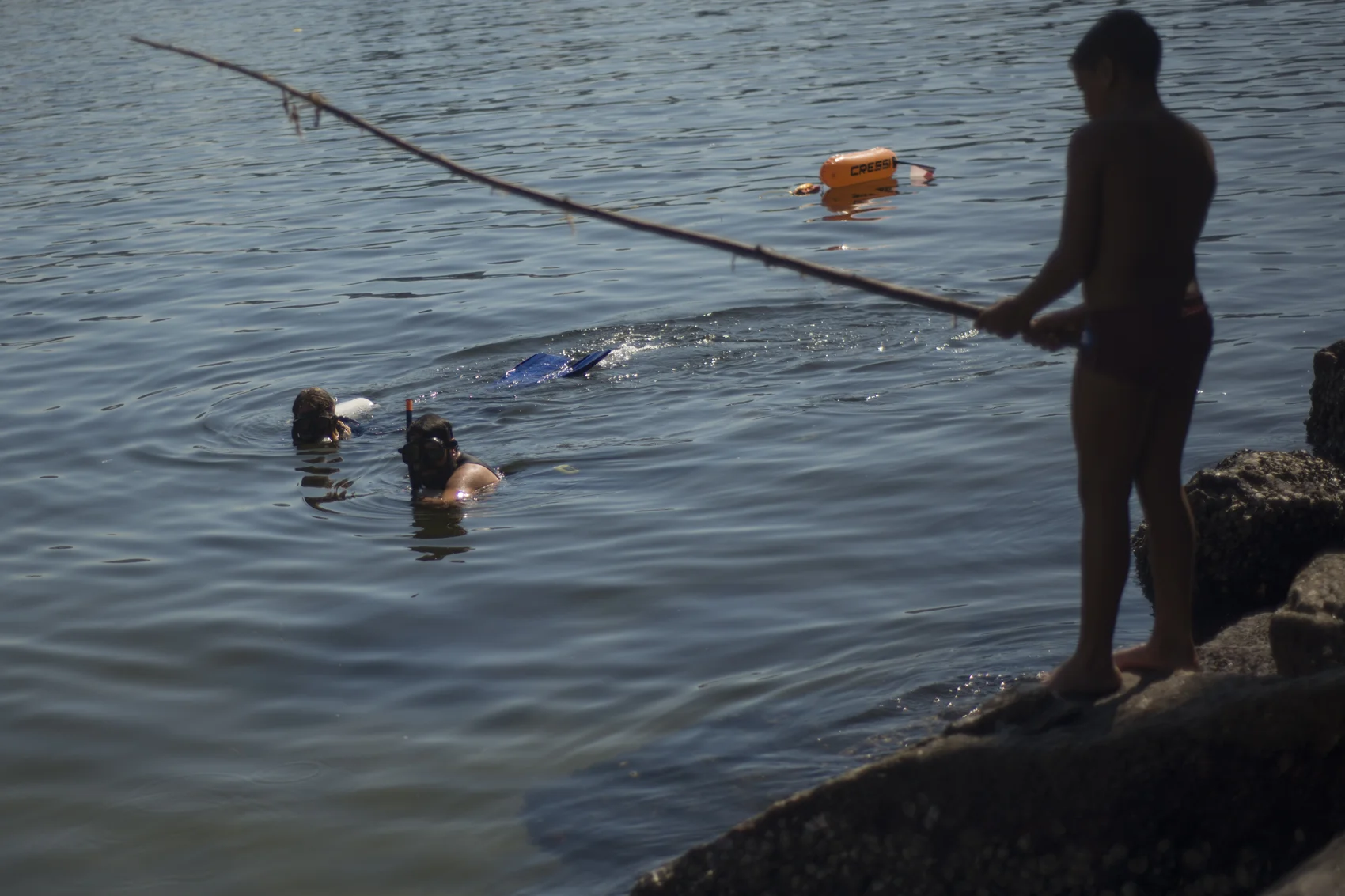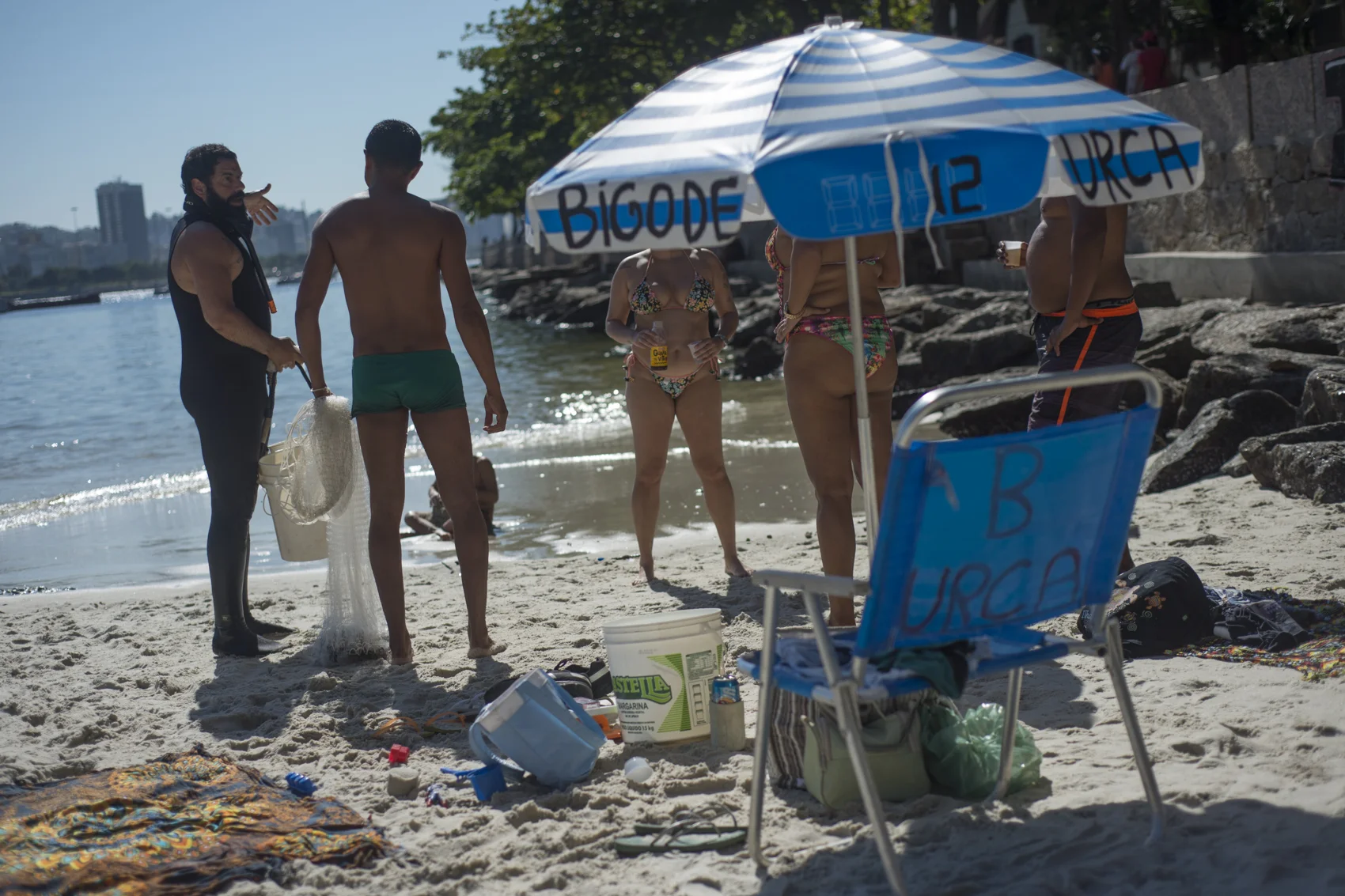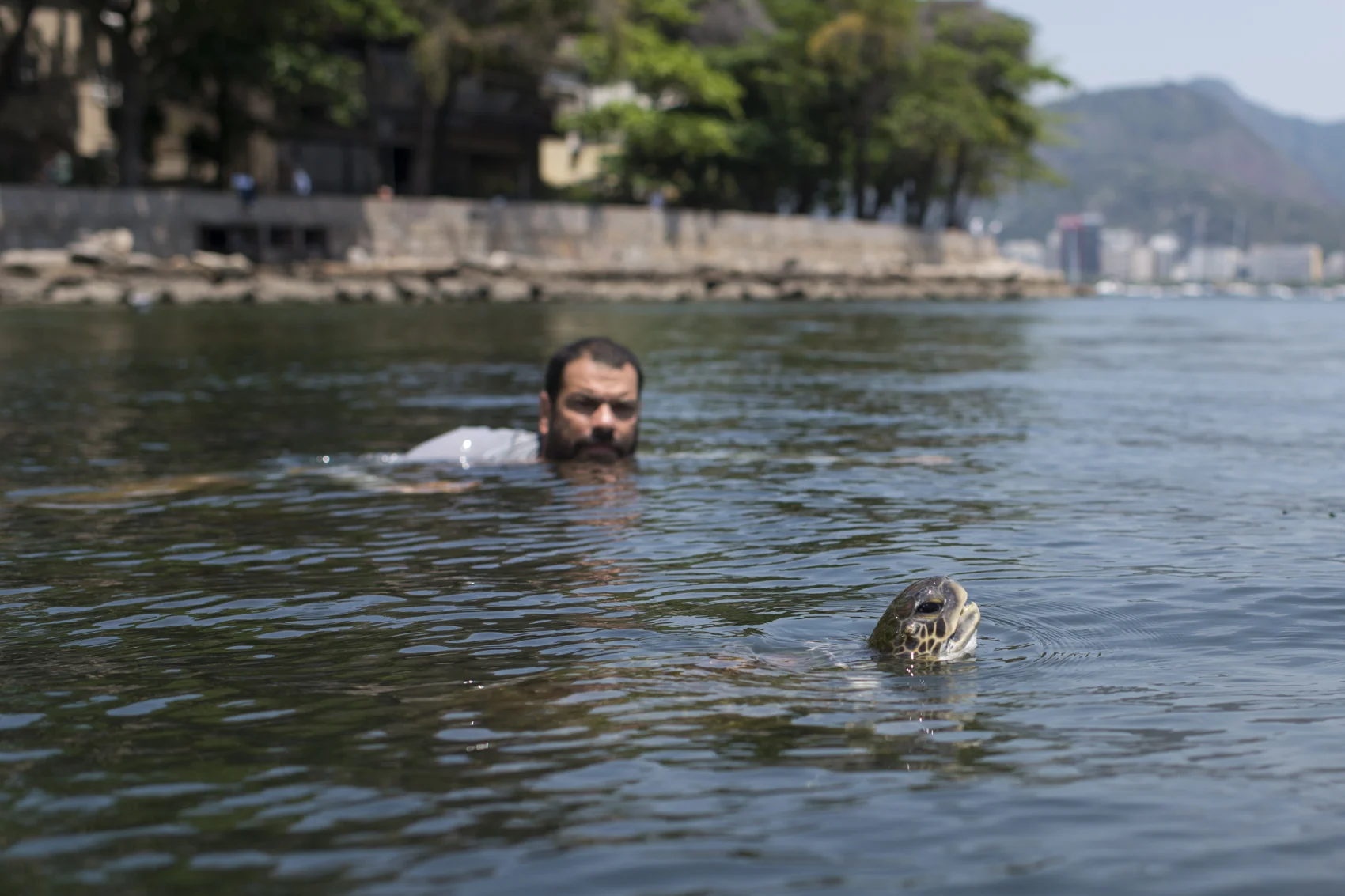Ed Bastos, BG 500 (Rio de Janeiro, Brazil)
In a planet where water means life, it doesn’t seem we give the oceans the necessary attention. A good share of the trash that is irregularly disposed ends up in streams, rivers, seas, and eventually the oceans. From there, it lethally interferes in a delicate ecosystem which is Earth’s life support system.
Fortunately, some conscious citizens try to do the best they can to minimize and revert the damages caused by trash in the marine environment with beach and water cleanups. But the hurry to remove all that doesn’t belong there can kill millions of lives in a single day. That’s where Ed Bastos and his work come to the rescue.
Ed studied biology to learn he didn’t agree with his professors. He chose Urca Beach in Rio de Janeiro, Brazil, to be his lab and dove into practical knowledge because many times theory didn’t have much sense. With hundreds of hours diving and tens of years of experience, Ed mapped the bottom of this small cove inside Guanabara Bay, identified its inhabitants, and today works rescuing the tiny animals that incorporated marine debris and many times are victims of the tides or attempts of good deeds.
These tiny animals are the biggest victims of trash in the oceans since they use pieces of fabric, cans, bottles and other solid waste as shelter. The problem is that they grow and stay trapped in these structures, not being able to feed and reproduce they end up dying. To Ed, all lives matter, and the size of an animal is not direct related to its importance. Besides, while these trash is in the water, it breaks apart into microscopic particles that contaminates even smaller creatures, polluting and infiltrating the food chain.
The solution that Ed developed is a very specific method to remove the trash rescuing the animals and reintroducing them to the wild, properly disposing the animal free trash. This way, he saves bristle worms, brittle stars, anemones, crabs, urchin, starfish, fish and many other species in just a few hours. But this is not easy since he lives in a different area of the city and his clients are animals that can’t offer him money in exchange of his services.
Ed is a full-time life defender with a part-time job as vegetarian cook to pay the bills. Every Monday he prepares lunch options for a local restaurant as part of the “Meatless Monday” international campaign. He complements his income giving environmental education classes to private schools about Urca’s marine wildlife and how trash affects it. His ethics don’t allow him to charge any fee from public schools and universities, so low income and students that are initiating their careers are not deprived of the precious knowledge about such present issue in everyone’s lives.
This way, the person became an organization, so Ed founded BG500 that counts on a few volunteers to perpetuate the work that is rescuing animals from marine debris. One of these volunteers is Giulia Giuberti. She’s a biology student that was fascinated by the results of this work, and now receives a long individual training about techniques and details of what is needed to make sure the trash removed from the water is recycled without killing any animals. Besides her, Paulo Júnior and Lúcio Vargas help BG500 with its classes, assembling and disassembling the beach classroom, and spreading the knowledge about wildlife and the influence trash has on it.
At least once a month, BG500 hosts a public event on which the two pillars of the organization is presented: Direct action and environmental education. In these events, Ed, friends and volunteers gather up for a beach cleanup, rescuing animals associated to the trash found, and they take the opportunity to educate beach goers about biodiversity and the importance of taking responsibility of our own garbage. Events like these bring immediate results in the behavior of the ones who participate, and also brought Ed and BG500 recognition through environmental awards, like the 2016 and 2017 Lions Awards for the Environment.
BG500 is short for Guanabara Bay - 500 Years of Abundant Life in Portuguese. The bay is internationally known for its pollution, especially after Rio 2016 Olympic Games that brought athletes from different countries to its waters. It washes 7 counties and has famous landscapes around, like the Sugarloaf and the Niterói Contemporary Art Museum. It’s also an extremely important area for Rio with many harbors, shipyards and intense boat traffic, as well as a great leisure and appreciation area for Cariocas. Over the years, Ed has seen great improvements in this piece of water he adopted. His desire is to share how abundant the wildlife is and how even better it can get if we all develop conscience and responsibility about our trash.
This story was documented in collaboration with Guiga Pirá between May and October, 2017.

